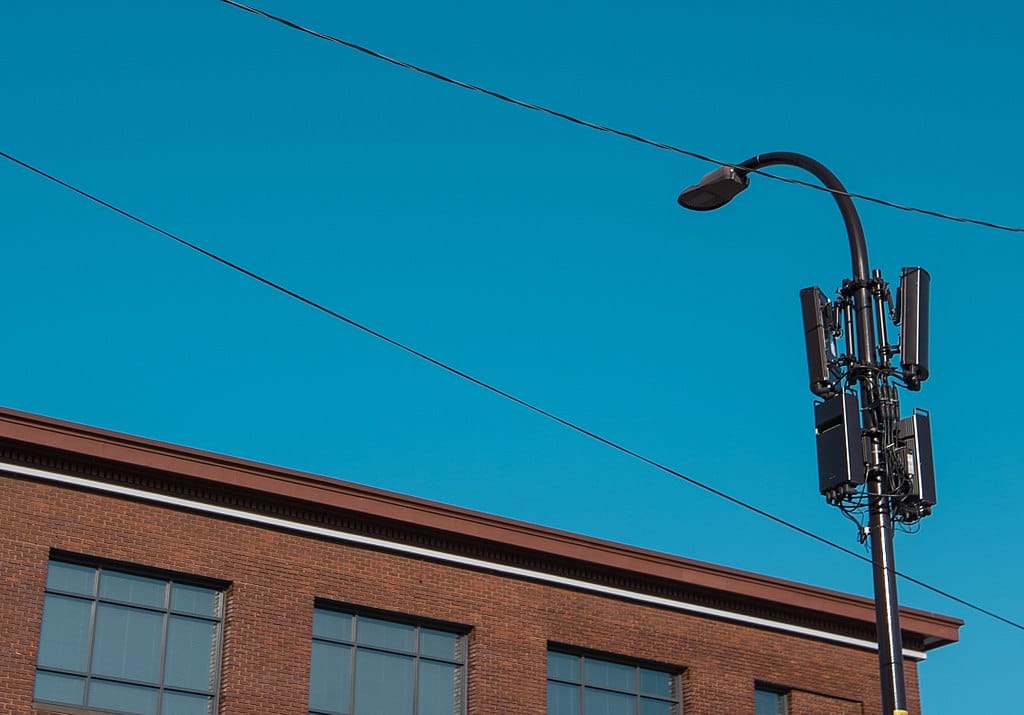Local Government Officials Don’t Like FCC Preemption of Wireless Facilities, See Hope in D.C. Circuit Decision
WASHINGTON, August 12, 2019 – The Federal Communication Commission’s stated efforts to accelerate the buildout of 5G wireless networks has hindered the influence of state and local authorities on the matter, said experts at a National Association of Telecommunications Officers and Advisors webinar o

WASHINGTON, August 12, 2019 – The Federal Communication Commission’s stated efforts to accelerate the buildout of 5G wireless networks has hindered the influence of state and local authorities on the matter, said experts at a National Association of Telecommunications Officers and Advisors webinar on Monday.
Unfortunately, these experts said, FCC regulations governing small wireless facilities leave little room for local officials to act. Indeed, local oversight is necessary because some federal jurisdictions may misrepresent the functionality of wireless facilities, said Angelina Panettieri, tech and communications associate at National League of Cities.
The FCC regulates wireless facilities in two ways: Shot clocks and aesthetics.
Local and state governments are given specific timeframes to review their infrastructure. In the case of wireless structures, the applicable shot clock lasts either 60 or 90 days, depending on the age of the structure, , said Gail Karish, partner at Best Best & Krieger LLP.
Aesthetic regulations can further limit the size of structures, Karish said. Aesthetic requirement may affect more underground facilities, however they are no more burdensome than those applied to other types of infrastructure deployments.
These regulations resulted from the FCC’s 2018 small cell order. The order defined a “small wireless facility” and made all local permits and authorizations subject to shot clocks. The order also included several preemption provisions, which would decrease the authority of states and localities.
The goal of the FCC order was to speed up the deployment of 5G infrastructure, said Karish. However last week, the D.C. Court of Appeals ruled that the FCC’s deregulation of small cells does not adequately address impacts on the environment and historic preservation.
Several pieces of legislation have been introduced to fight back against small cell preemption. Both the Accelerating Broadband Deployment by Empowering Local Communities Act of 2019, introduced by Rep. Anna Eshoo, D-Calif., and Restoring Local Control Over Public Infrastructure Act of 2019, introduced by Sen. Dianne Fienstein, D-Calif., would push back against the FCC’s existing approach.
Despite these efforts, Panettieri advised municipalities to educate delegations on the effects small cell sites have had on their communities. Preemption of local authority, she said, is largely seen as a partisan issue. Local authorities should seek out stakeholder partners, such as public power utilities or state agencies, who can help support their cause.










